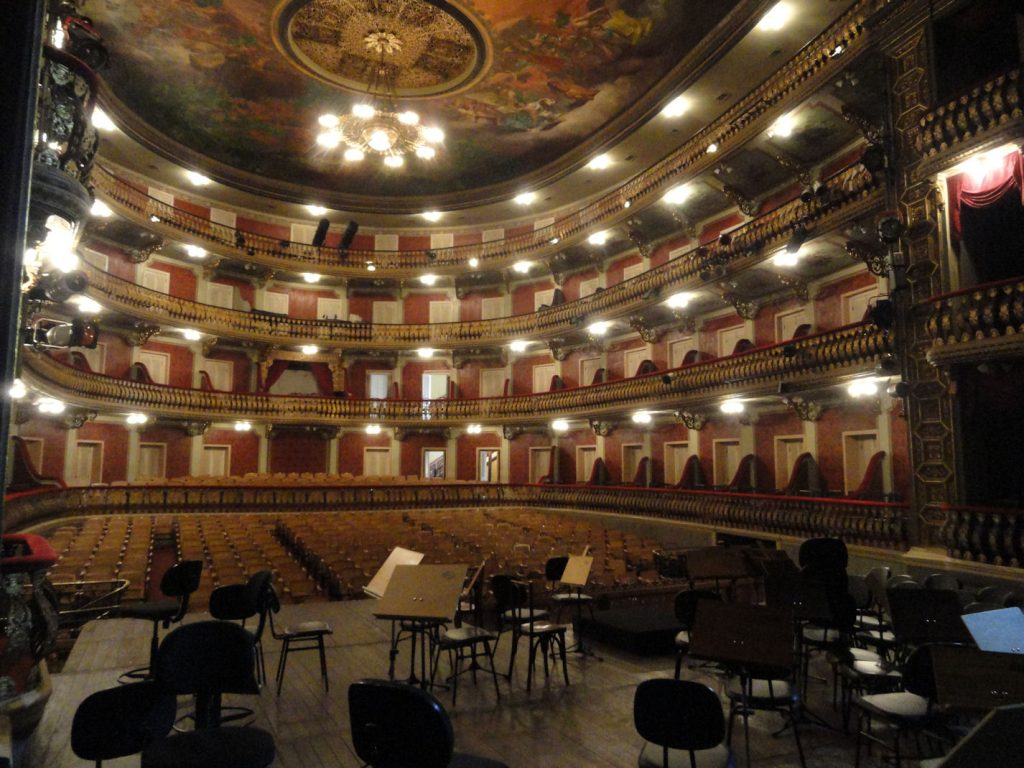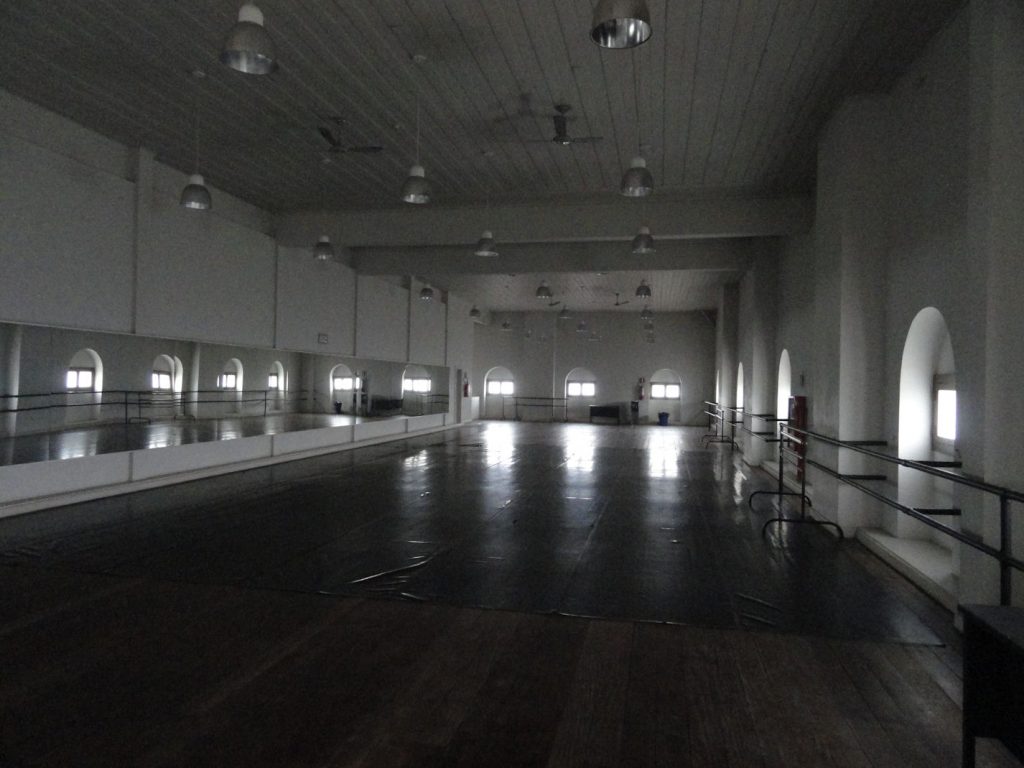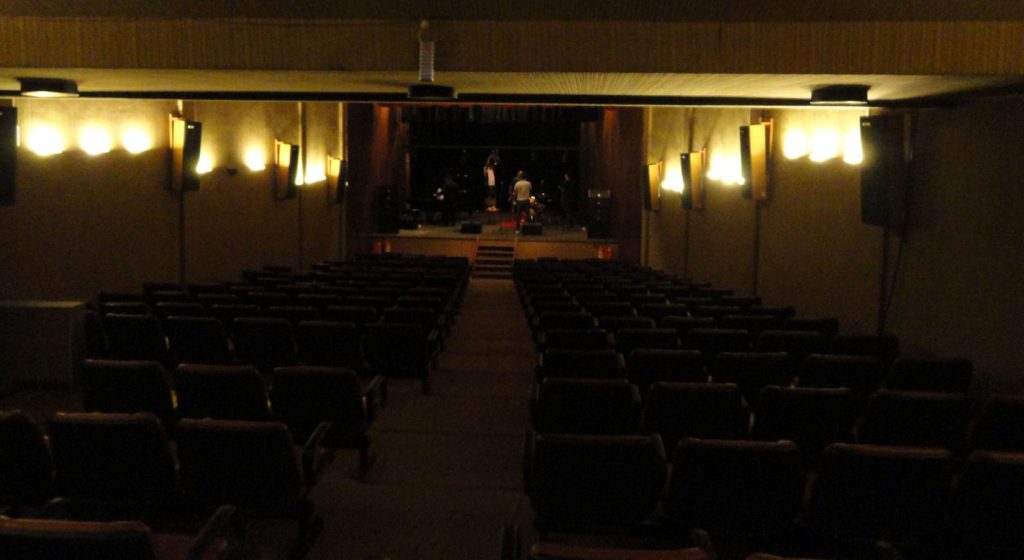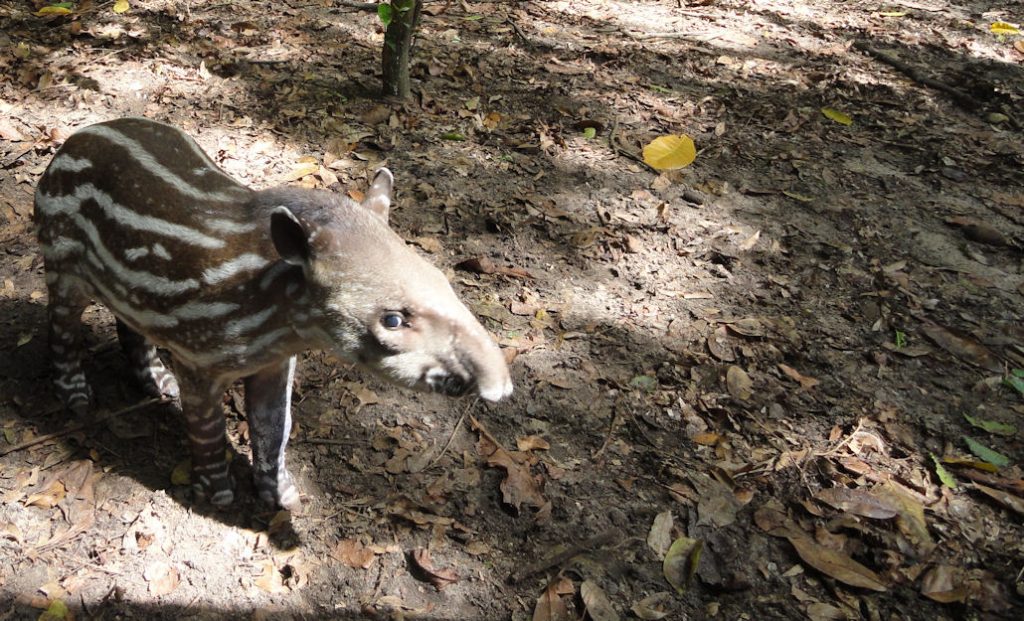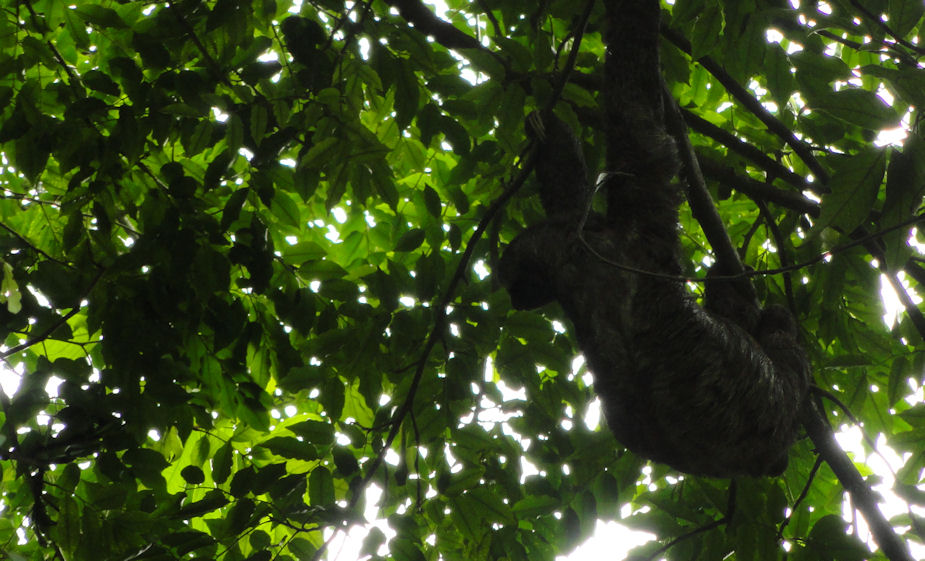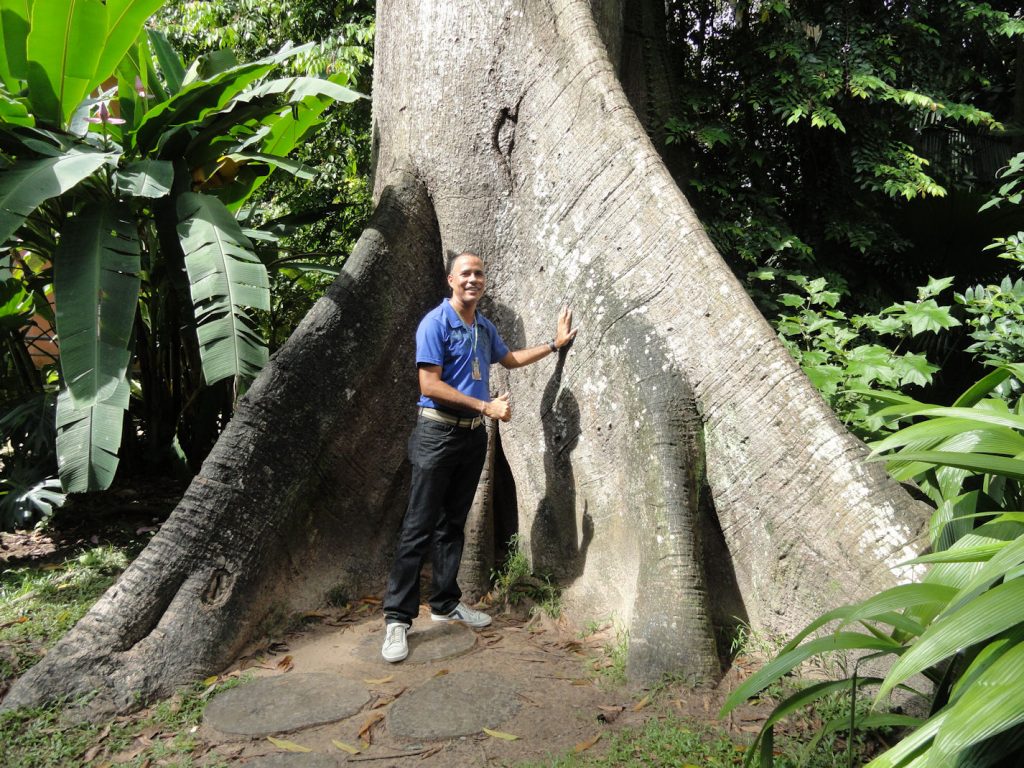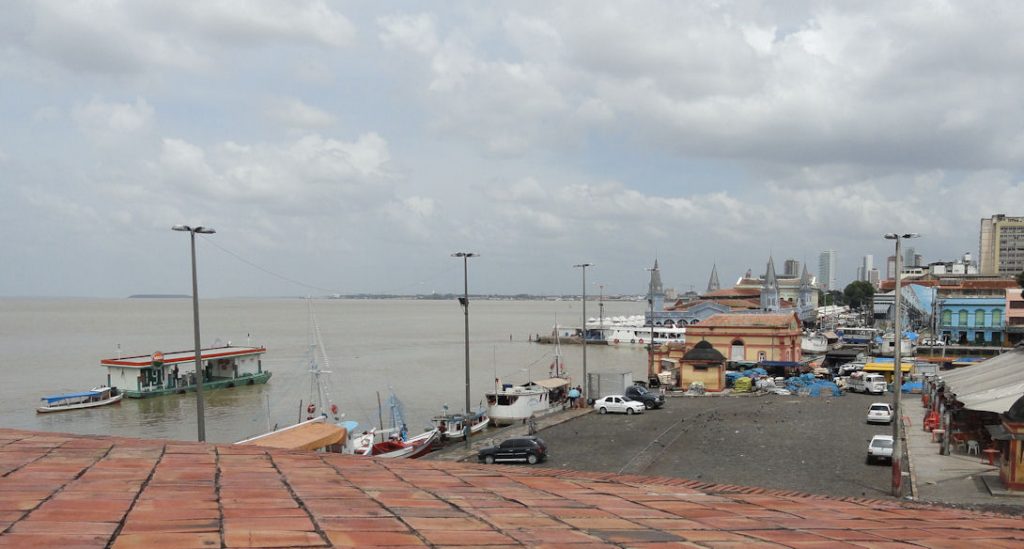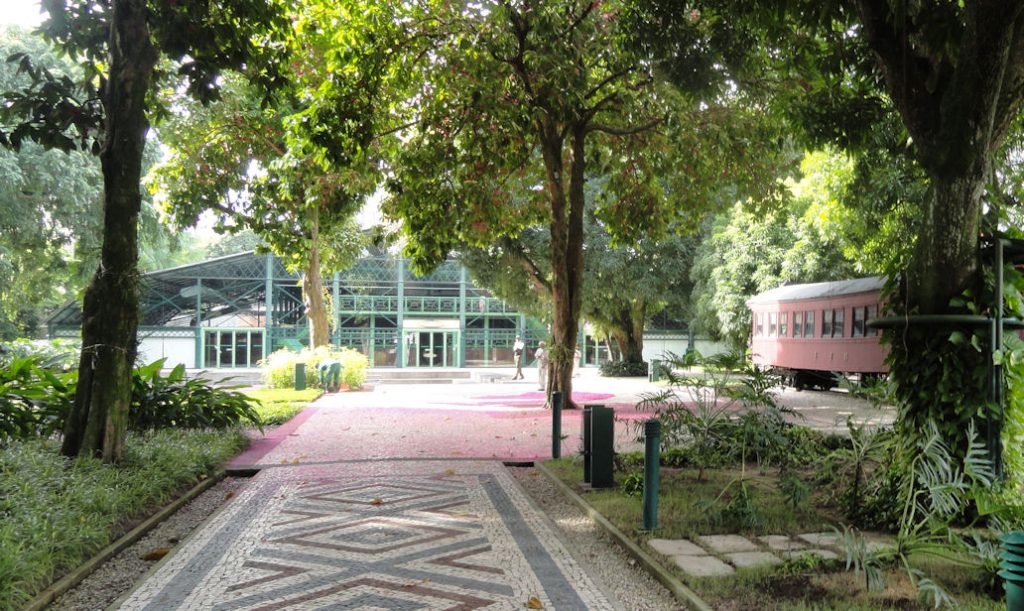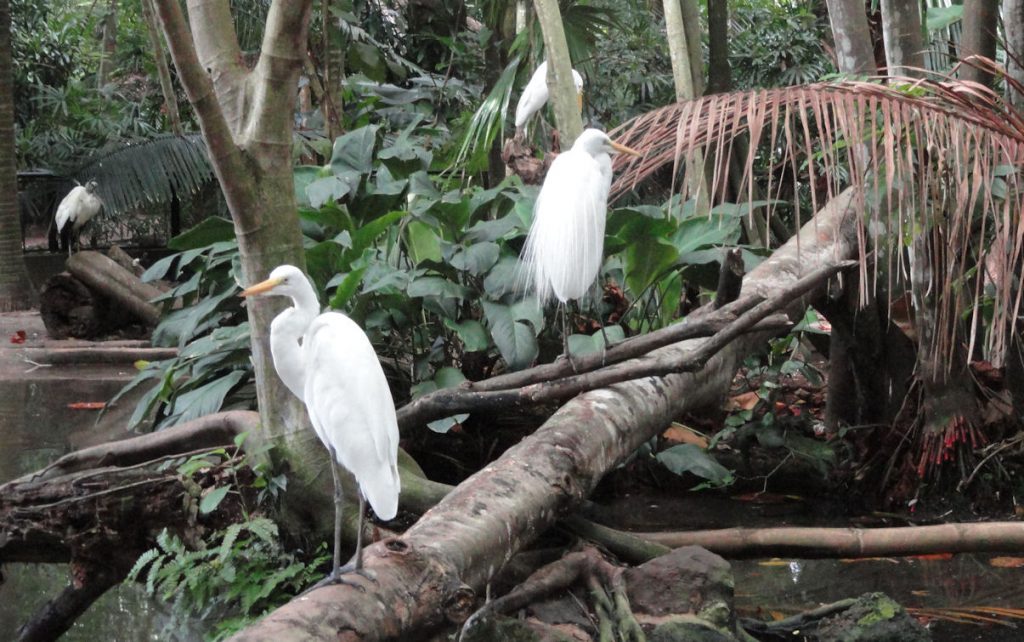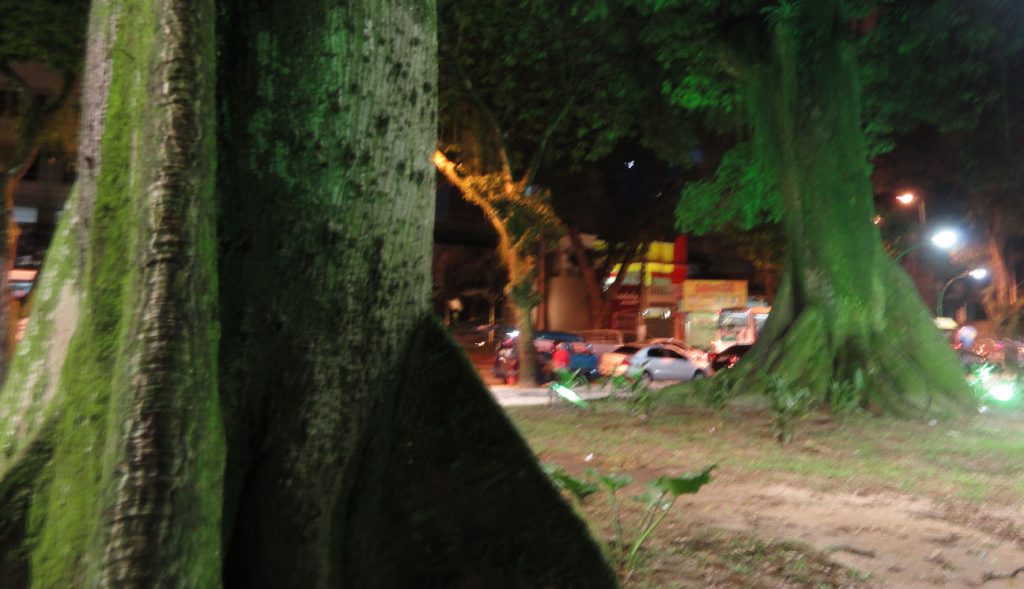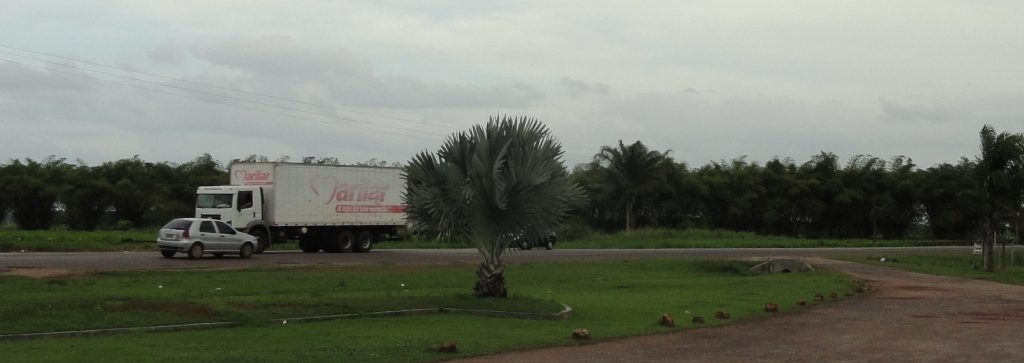
They started work more than fifty years ago. Today many people consider it a kind of mistake, maybe even a ecological disaster. After travelling along the road, I don’t agree. This is Brazil’s Route 66, a highway of dreams. The Brazilians at that time, led by President Juscelino Kubitschek, wanted to open up the empty land in the interior of Brazil. That is why he built Brasília and why he built the road to connect the new city of Brasília with the older city of Belém and with all the places in between.You can see a stretch of the road above
It was heroic work, cutting through what people at the time called jungle. Today we have a more politically correct term – rain forest. The people who did the work were pioneers, like those of the American west. They came to settle their country and seek a new life. It was hard and dangerous. Many people died in the process. Others are still there and they and their descendants are still there.
I learned that once the Amazon forest was cut, the soil would soon turn to rock and sand, unproductive. My observation is that this is not true. The soils are fertile and things grow wonderfully.
The land next to the Belém to Brasília highway has had three main and overlapping cycles. The first involved clearing the land and using the forest resources. This is very much like what happened in Wisconsin and Michigan in the 1850s and 1860s. It was disruptive, with forests being destroyed. Immigrants cleared the land and tried to establish farming. As with Wisconsin or Michigan, the success of the farmers was mixed. In some places, the soils and topography supported farming; other not so much.
The second stage consisted mostly of unsustainable cattle ranching. Ranchers put large numbers of cattle on the newly established pastures. There were not many animals per hectare. It was profitable for some, but very inefficient. This was the nadir stage. Things had been destroyed and degraded but not yet begun to renew. his was like Wisconsin in 1871, during the great Peshtigo fire that may have killed as many as 2500 people or the big blowout fire of 1910 that destroyed three million acres in Idaho, Montana and Washington and helped establish the need for the U.S Forest Service.
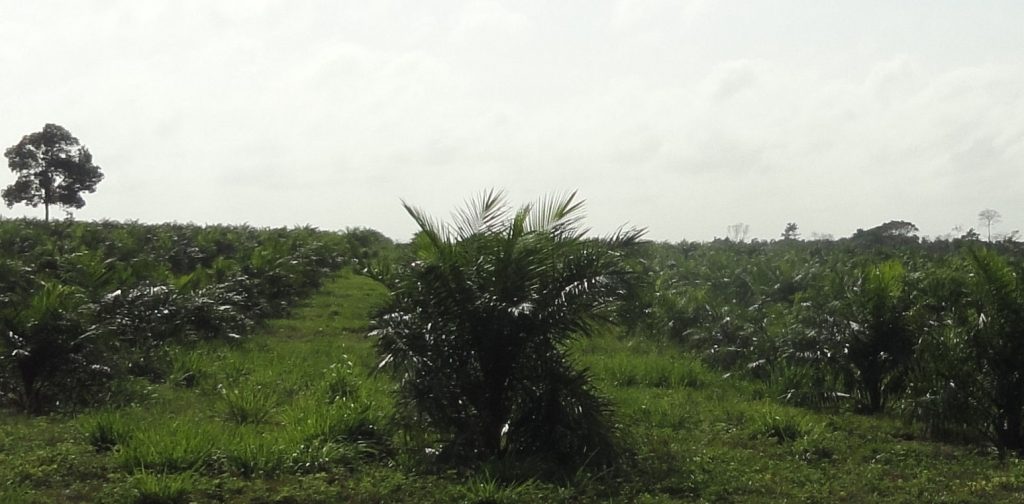
Cattle raising in the way they were doing was indeed unsustainable and that which is unsustainable will not be sustained. The region is now entering a third stage. This is the stage of readjustment and sustainability. As I have written elsewhere, sustainable does not mean natural. The ancient forests are gone, as are the ancient forests of Wisconsin. They will never return as they were, but that does not mean that the new systems are not sustainable. Above you can see an oil palm plantation newly established on a degraded pasture.
Cattle ranching remains an important part of the local economy, but it is becoming more efficient, with fewer hectares required to grow beef. Some of the degraded pasture is now available for crops and re-afforestation. This is exactly what happened in the U.S. a century ago. Paper and wood products mills are now mostly using fiber from planted trees, which I will talk about in subsequent posts. In the area around Paragominas, they grow soy. This is a triumph of the Brazilian USDA equivalent, EMBRAPA, which developed soy that growing in this tropical environment. A little farther north, where it rains more, they grow oil palm. You can see in my picture that oil palm is being planted in degraded pasture.
It is interesting what they have learned about micro-climates. The area around Paragominas has less rain than a hundred miles north. It still rains a lot, but less. Agriculture is sophisticated here, because they can plan for the rain. They have a regular rainy and dry season, like Brasília, but the dry season is not as dry and the wet season is even wetter.
Having my feet on this Amazonia ground gave me a different perception. It was also useful to come back thirty years later and see what had been done. I understand that there could be wildly different lesson learned. The natural forest is gone over much of the land. We can mourn the loss. On the other hand, it looks like it was been replaced with a sustainable system that supports human aspirations and endeavor.
I cannot help thinking back to my own home-place, with all its myths and realities. I grew to full adulthood in the forests of northern Wisconsin and that shaped my outlook. There are no “virgin” forests in Wisconsin. It was all cut over in the middle of the 19th Century and usually cut over and burned a few times after. Yet the forest is magnificent and sustainable. In many places you find stone walls and other evidence of old farms in the middle of old growth forests. Obviously, the people who tried to farm these thin soils gave up and moved away. But there is a human presence throughout in forestry, farming and cities. People live in and with nature. It is good.
This is what I see and wish for my Brazilian friends. They will look back at the extractive period in the same way we did. They will lament the loss, but appreciate the sacrifices and heroism of those who went before. This is the lesson good people will teach their children. They do already. I felt at home in the “tamed” Amazon in ways I never have in the “natural” parts. Human endeavor need not be destructive but it will lead to change, sometimes for the better.
One more thing about sustainable. Nothing lasts forever, not anything natural or man-made. We can strive for predictable and favorable change.

